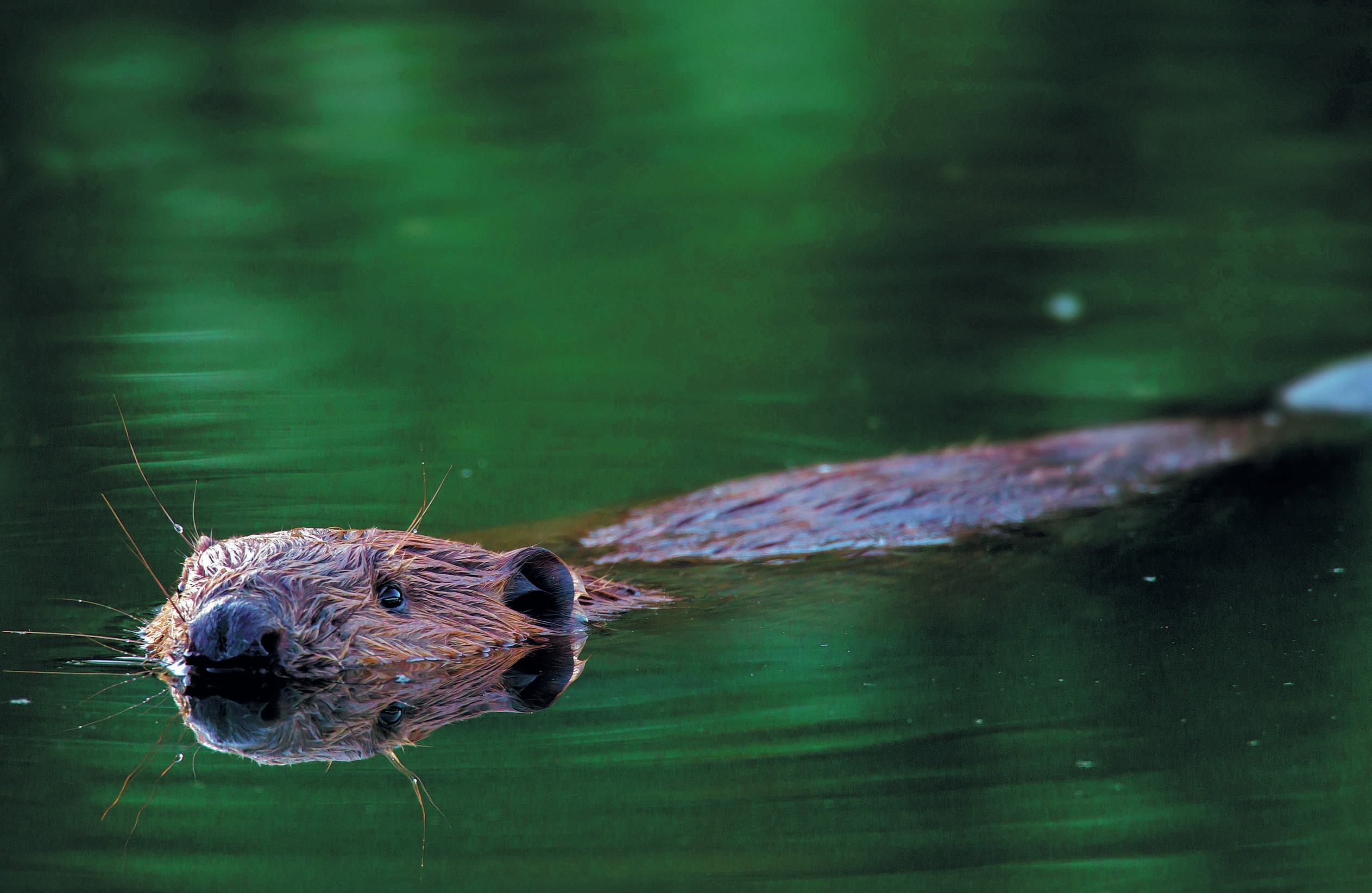
Beavers play a critically important role as freshwater ecological engineers. As the second largest rodent in the world, next only to the capybara of South America, adult beavers can weigh 15–26 kg. As complete vegetarians, they consume a wide variety of plants. Beavers are strong. They are one of the few species that can fell and process mature trees with ease, eating the bark, stems and leaves, while using branches to create shelters and dams.
Their semi-aquatic lifestyle means they are well adapted to a life between land and fresh water. They have one of the densest furs of all mammals. Nictitating membranes protect their eyes. Inner ear valves stop water entry during dives. They can hold their breath underwater for up to 15 minutes.
Your organisation does not have access to this article.
Sign up today to give your students the edge they need to achieve their best grades with subject expertise
Subscribe




